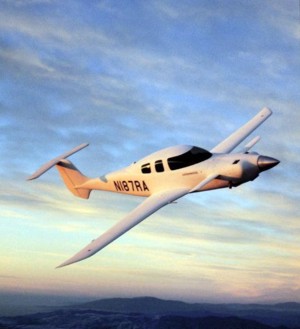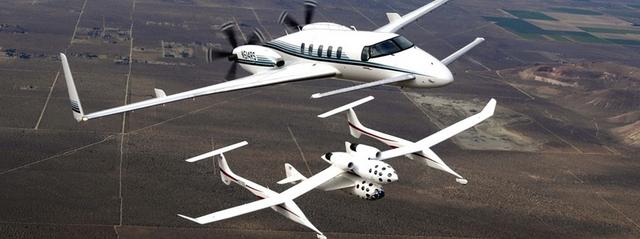
THIS RECORD-BREAKING, SINGLE-PLACE, AVIATION MARVEL FEATURES TWO EXTERNAL BOOMS FLANKING A CENTER POD WHERE THE PILOT SITS, ON TOP OF WHICH IS THE AIRCRAFT'S POWERHOUSE, A WILLIAMS TURBOFAN JET ENGINE.
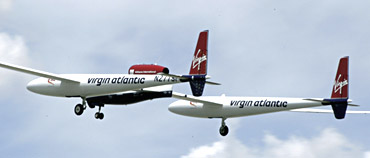
VIRGIN ATLANTIC GLOBALFLYER
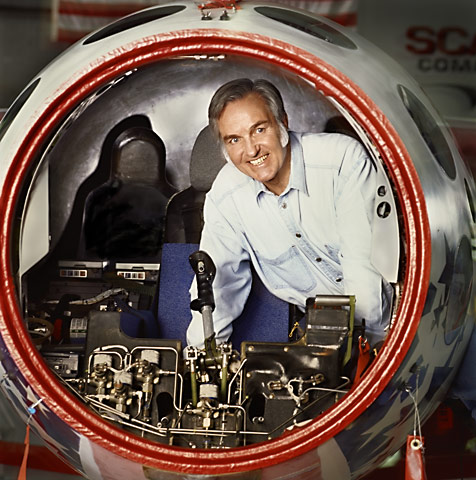
Meet Burt Rutan
Burt Rutan is an American aerospace engineer noted for his originality in designing light, strong, unusual-looking, energy-efficient aircraft. He is famous for his design of the record-breaking Voyager, which was the first plane to fly around the world without stopping or refueling, and the sub-orbital spaceplane SpaceShipOne, which won the Ansari X-Prize in 2004 for becoming the first privately funded spacecraft to enter the realm of space twice within a two week period. He has five aircraft on display in the National Air and Space Museum: SpaceShipOne, the Virgin Atlantic GlobalFlyer, Voyager, Quickie, and the VariEze
INITIALLY DEVELOPED TO PROVIDE A LAUNCH PLATFORM AT 50,000 FT FOR SPACESHIPONE, WHITE KNIGHT IS A THREE-PLACE, HIGH-ALTITUDE, FLEXIBLE AND CAPABLE RESEARCH AIRCRAFT.
WHITE KNIGHT
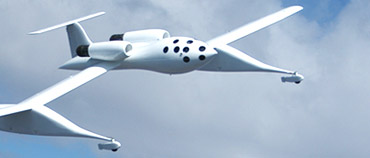
SPACESHIP ONE, THE FIRST PRIVATE MANNED SPACECRAFT, IS A THREE-PLACE, HIGH-ALTITUDE RESEARCH ROCKET, DESIGNED FOR SUB-ORBITAL FLIGHTS AT AN ALTITUDE OF 100 KM AND POWERED BY A UNIQUE HYBRID ROCKET MOTOR
SPACESHIPONE
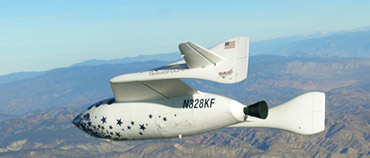
UTILIZING AN OPEN-ARCHITECTURE DESIGN AND POWERED BY FOUR PRATT & WHITNEY TURBOFANS, WHITEKNIGHTTWO PROVIDES THE HIGH-ALTITUDE LAUNCH PLATFORM FOR SPACESHIPTWO TO ACHIEVE SUB-ORBITAL FLIGHT.
WHITENIGHTTWO

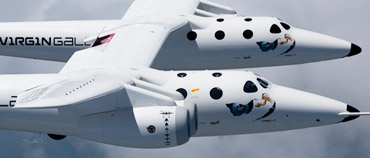
SPACESHIPTWO IS THE PROTOTYPE FOR THE WORLD'S FIRST COMMERCIAL MANNED SPACESHIP, DESTINED TO TAKE PRIVATE ASTRONAUTS INTO SPACE AND PAVING THE WAY FOR SPACE TRANSPORTATION.
SPACESHIPTWO

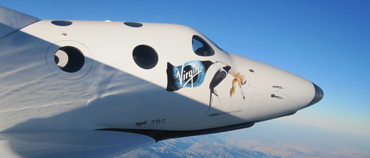
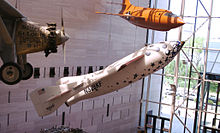
This article is reprinted with permission from the author,James Wynbrandt, Air Venture Today, Ric Reynolds and E.A.A.
If a cat has nine lives, maybe a Catbird has at least two. For
the past 15 years or so, Scaled Composites Model 81 aircraft,
better known as the Rutan Catbird, could be seen hanging -
inverted - from the ceiling between Scaled's offices and the
flight center in Mojave, California. These days it's back in the
shop, being restored to airworthiness by volunteers so it can be
flown to AirVenture Oshkosh this summer and take part in
EAA's Tribute to Burt Rutan on Thursday, July 28.
Catbird is a high-efficiency, all-composite, five-place, single-
engine GA aircraft designed by Rutan when Scaled was owned
by Beechcraft in the 1980s. Originally a potential replacement
for the Bonanza, Catbird was one of the designs included when
Scaled was sold back to Rutan and partner the Wyman-Gordon
Company in 1988. Catbird replaced the Defiant I as Burt's
personal aircraft and itself was later replaced by Boomerang.
When Rutan announced plans to retire last year, Zach Reeder, project engineer at Scaled, recalls mentioning to him, "You know, we need to drag that airplane down," pointing to the Catbird hanging from the rafters. "Burt's response to me was, 'You can get it down if you can get it to Oshkosh.'" That lit the spark, and this past January, after talking with some others about it, steps were taken to tackle the challenge. If everything goes as planned, the aircraft will make its first engine runs in late June, test flights in early July, and be all ready for the flight to Oshkosh.
Other volunteers working on the airplane include Jim Reed, an A&P mechanic with the spaceship company, and other folks from the Scaled and Mojave neighborhood. The volunteer group is sponsored by Burt and Tonya Rutan, Mike Melvill, Aircraft Spruce, Lycon, Airflow Performance, Hartzell Propeller, and Weldon. (Those wanting to contribute to the project can contact Jim Reed via e-mail.)
The fact that this project is even possible is due, Reeder said, to the care with which it was attached to the ceiling back in the mid-1990s. "It was hung there very carefully by Mike Melvill," he said. "The airframe is in great condition." Melvill is the long-time associate and test pilot for the Rutan Aircraft Factory and Scaled Composites, making maiden test flights in 10 of Rutan's designs including SpaceShipOne. He also made the first flight in Catbird.
The airplane's engine and nose wheel had been removed for use on the Scaled Model 202 aircraft, Boomerang. Its panel was also taken out prior to being raised and, Reeder said, "Other parts of the plane were scattered around."
They got out the scissors lift in mid-January and carefully lowered Catbird from the ceiling. Originally a pressurized aircraft, the special heavy-duty canopy was in excellent shape, as were the flight controls. It's a fairly low-time airplane, with a total of 340 flight hours.
Catbird, which has appeared at two previous EAA conventions including its 1988 debut, is the first aircraft in which Rutan used forward-swept, all trimmable T-stabs. The same design was used on later aircraft including the first White Knight.
Melvill has also played a key role on the project, Reeder said.
"Mike has been unbelievable," he said. "He has provided many parts from his own hangar, including a Beech 76 Duchess nose gear." Melvill modified it inside and out so it fit in the Catbird's wheel well. Reeder and company also made the rounds at Mojave's many hangars. "We generally beg borrow and steal for parts."
The key item came from the man himself; before retiring Rutan provided a TO 360, the same powerplant as was originally in the Catbird, as well as the Rockwell 112. Brakes and fuel systems have been restored. Engine and firewall forward work is yet to be done, as well as the avionics, which at this time has yet to be determined. They're looking into possible sponsorship for the panel, Reeder said.
Catbird's original registration, N187RA, has lapsed and they were not able to reacquire it. "A guy with a Citabria has it and would not give it up," Reeder said. However they were able to register the plane as N187RR and will retrace the second "R" next to the first so they won't need to re-do the whole thing. "We might even be able to use a part of the old A," Reeder said.
When Scaled employees threw Rutan a retirement party earlier this year, Catbird was on display, sitting on its gear with a borrowed prop from a Long-EZ.
Catbird, with Melvill at the controls, won the 1988 California CAFE 400 race for overall airframe efficiency, fuel consumption, speed, and payload performance. The aircraft also still holds two Fédération Aéronautique Internationale (FAI) world speed records: Class C-1b (takeoff weight from 500-1,000 kilograms), 401.46 km/hr (249.45 mph) over a 2,000-kilometer closed course with Dick Rutan at the controls; and Class C-1c (1,000-1,750 kilograms), 413.78 km/hr (257.11 mph) over the same course, this time with Melvill at the control
